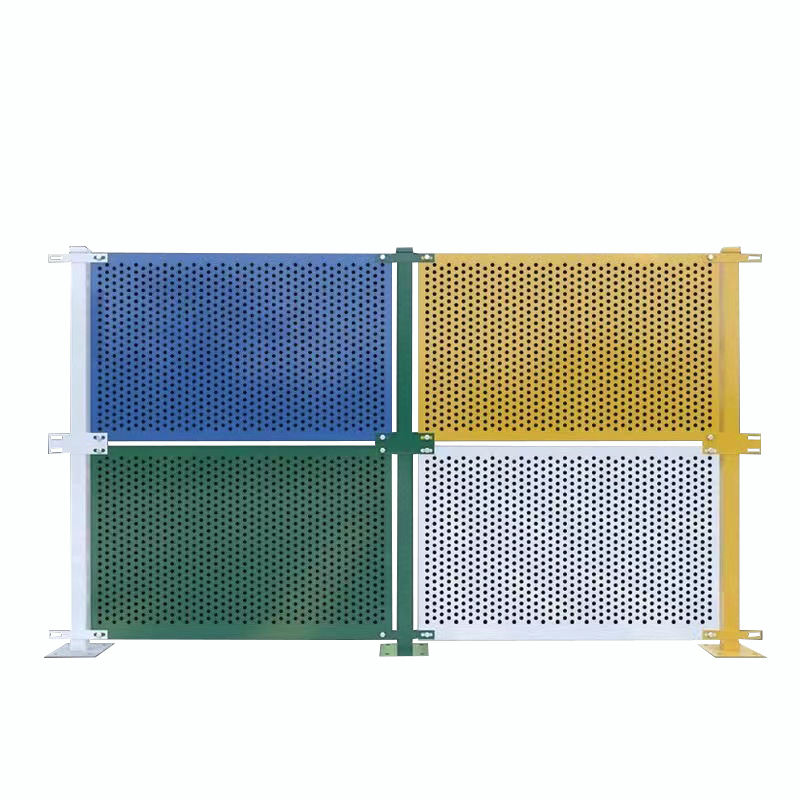Understanding Wire Netting Prices Factors and Trends
Wire netting, also known as wire mesh or wire fencing, is widely utilized in various industries, including agriculture, construction, and manufacturing. Its versatility makes it a valuable asset for fencing gardens, enclosing livestock, and reinforcing concrete structures. However, understanding the price dynamics of wire netting is crucial for consumers and businesses alike. In this article, we will explore the factors influencing wire netting prices and examine current trends to better understand how to navigate this market.
Factors Influencing Wire Netting Prices
1. Material Costs The primary factor affecting wire netting prices is the cost of materials. Most wire netting is made from substances such as stainless steel, galvanized steel, or PVC-coated wire. The prices of these raw materials can fluctuate due to market demand, mining costs, and supply chain issues. For instance, an increase in the price of steel globally can lead to a corresponding rise in wire netting prices.
2. Production Process The manufacturing process of wire netting involves several stages, including wire drawing, galvanizing (if applicable), and weaving. Each of these steps requires energy, labor, and technology, which contribute to overall costs. Any advancements in production technology can also affect prices; for instance, more efficient processes may reduce costs and lead to lower prices for consumers.
3. Thickness and Mesh Size The gauge or thickness of the wire, as well as the size of the mesh opening, are significant determinants of wire netting prices. Thicker wires and smaller openings typically require more material and are thus more expensive. Customers must assess their specific requirements when selecting wire netting, as these factors impact both functionality and cost.
4. Market Demand The demand for wire netting can vary based on seasonal factors and economic conditions. For example, during agricultural seasons or periods of increased construction activity, the demand for wire netting rises, which can drive prices up. Understanding local market conditions and projected demands is essential for buyers looking to make cost-effective purchases.
5. Geographical Factors Shipping and transportation costs also play a vital role in wire netting prices. Buyers located in remote regions may face higher prices due to increased logistical expenses. Additionally, tariffs and trade policies can impact the cost of importing wire netting, particularly in countries that rely on foreign suppliers.
wire netting prices

6. Customization and Specialty Products Customized wire netting solutions, such as anti-corrosion treatments or specific coating options, typically come at a premium price. Specialty wire netting products designed for unique applications, like wildlife fencing or reinforced netting for construction, can also command higher prices due to their enhanced features.
Current Trends in Wire Netting Prices
As of late 2023, wire netting prices have exhibited some notable trends. Following the stabilization of raw material costs in the wake of previous market fluctuations, prices have shown a tendency towards steadiness. However, unforeseen global events, such as geopolitical tensions or natural disasters, can still lead to sudden price changes and should be monitored closely by buyers.
The increasing adoption of sustainable practices within the wire netting industry has also become a focus. Many manufacturers are exploring eco-friendly materials and production methods, which may initially increase costs but could lead to long-term savings and stability in pricing as demand for sustainable products grows.
In addition, advancements in technology are influencing market dynamics. Online platforms are making it easier for consumers to compare prices and features of wire netting from different suppliers, fostering a more competitive environment. This increased transparency can lead to better pricing options for buyers as suppliers strive to maintain competitiveness.
Conclusion
Wire netting prices are influenced by a myriad of factors ranging from material costs and production processes to geographic influences and market demand. By understanding these elements, consumers can make informed purchasing decisions that align with their needs and budgets. As the market continues to evolve, staying updated with trends will ensure that buyers are well-prepared to navigate the complexities of wire netting pricing, ultimately leading to cost-effective solutions for their projects. Whether in agriculture, construction, or other sectors, wire netting remains an essential tool that reflects the intricacies of supply and demand economics.
-
The Strength and Versatility of Aluminum Expanded Metal Mesh
NewsJun.10,2025
-
Safety Guards and Machine Enclosures Using Expanded Mesh
NewsJun.10,2025
-
Performance with Round Hole Perforated Mesh in Wall Panels
NewsJun.10,2025
-
How Steel Grating Trench Covers Distribute Weight Efficiently
NewsJun.10,2025
-
How Deck Mesh Railing Enhances Backyard Aesthetics
NewsJun.10,2025
-
Comparing Bar Thickness and Spacing in Steel Grating
NewsJun.10,2025
Subscribe now!
Stay up to date with the latest on Fry Steeland industry news.

